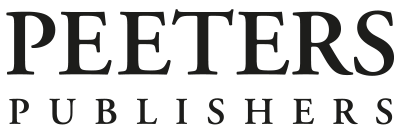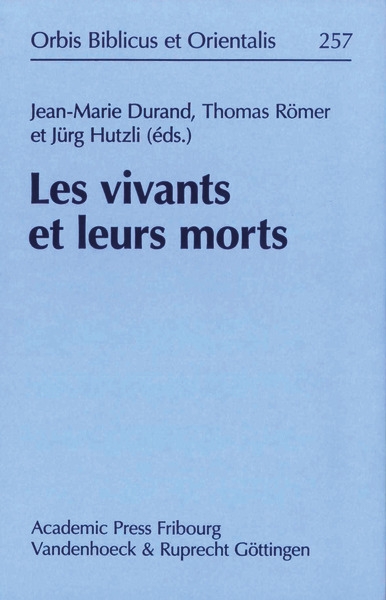

 0
EN
0
EN

In April 2010, scholars of Assyriology and Biblical Studies at the Collège de France, Paris, gathered for a colloquium to discuss the archaeological and textual evidence for the ways in which ancient Near Eastern societies dealt with their dead. How did these societies view the “afterlife”, and what kind of relationship did they have with those who lived before them?
For the cuneiform documentation, this raises, for example, the question of how the living commemorated their deceased, particularly by means of the kispum funerary rite whose specific practice and meaning remain to be explored.
The distance between the two traditions most strongly represented at this colloquium, the Akkadian and the biblical tradition, is clearly reflected in the repugnance displayed by normative Hebrew sources towards the mortal remains of the body. In Hebrew thought, as it is presented in some biblical texts, death and the deceased are associated with the idea of impurity, while other texts reveal the desire and attempt to establish contact with the world of the dead. Furthermore, Hebrew sources exhibit a biased discourse on traditions relevant to the death and burial of their kings.
Certain traditions, of both cuneiform and biblical origin, bear testimony to the idea that human remains, particularly the bones, can retain remnants of the living being after death.
The fascinating topic of necromancy, the possibility of communicating with the deceased, is represented here in biblical and Ugaritic sources which also attest the practice of burying the dead in residential houses.



